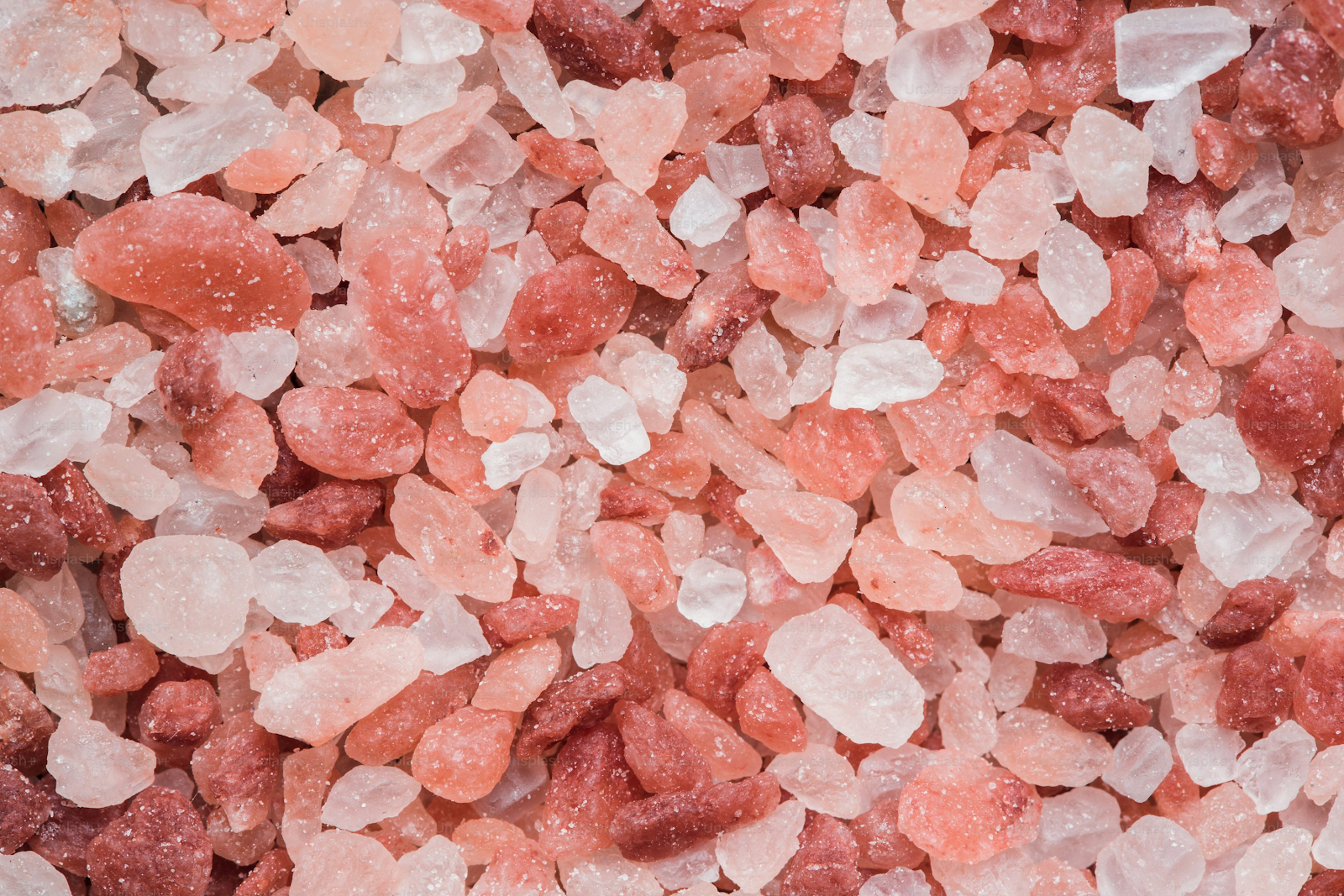Have you ever wondered how Sendha Namak (rock salt) was sidelined in India and replaced by iodized sea salt? Let’s explore what Sendha Namak is, how it differs from other salts, and how foreign interests may have influenced our salt consumption habits.
There are mainly two types of salt: sea salt and rock salt. Sendha Namak, also known as Himalayan rock salt, is not manufactured—it is naturally formed over millions of years and mined from the vast salt mountains and underground tunnels in regions like the Sindh area (now in Pakistan). Its name—Sendha, Saindhav, or Lahori salt—literally means "from Sindh or the Indus region." Traditionally used across the Indian subcontinent, it is rich in minerals and naturally alkaline, helping balance the body's acidity.
Sendha Namak has several benefits:
-
Aids in digestion and increases appetite
-
Supports heart health and improves metabolism
-
Calms all three doshas (Vata, Pitta, and Kapha) in Ayurveda
-
Dissolves completely in water and is easy to digest
-
Used during fasts because of its purity
Before 1930, no one in India consumed sea salt. Everyone used Sendha Namak. The shift came with colonial and post-colonial commercial interests. During British rule, and especially after globalization, multinational companies like Annapurna and Captain Cook entered India’s salt market. To promote iodized salt, a mass campaign was launched promoting the idea that "iodized salt is essential for health," and that Indians were iodine-deficient. This marketing led to the replacement of Sendha Namak with iodized sea salt, which was then made legally mandatory in India.
This move allowed foreign companies to mass-produce cheap salt, artificially enhance it with industrial iodine, and sell it at higher prices. Salt that once cost ₹2–3/kg rose to ₹8, and now even costs ₹20/kg. The profit margin for these companies skyrocketed.
However, iodized sea salt has been banned in over 56 countries, including the USA, Germany, France, and Denmark. In Denmark, iodized salt was introduced between 1940–1956, but it caused severe health issues including infertility and a population decline. Scientists found the industrial iodine responsible and pushed for a ban.
Despite these findings, Indian authorities passed a law making it illegal to sell non-iodized salt. Only after a court case was the ban lifted, allowing Sendha Namak to be sold again.
Sea salt has serious side effects, especially due to the use of industrial iodine, which is different from the natural iodine present in Sendha Namak and certain vegetables. Refined salt typically contains 98% sodium chloride, making it highly acidic. It doesn’t dissolve completely in water or the body and can lead to kidney stones, high blood pressure, diabetes, and acidity-related disorders.
Furthermore, to preserve iodine in refined salt, toxic chemicals like Tricalcium Phosphate, Magnesium Carbonate, and Sodium Alumino Silicate are added—chemicals also used in cement. These can stiffen blood vessels, reduce oxygen flow, and increase the risk of joint pain, arthritis, prostate issues, and more. Also, iodized salt draws excessive water, leading to dehydration and excessive thirst.
In contrast, Sendha Namak contains 97 essential minerals, including potassium and magnesium, which are beneficial for the heart. Its alkaline nature neutralizes acidity in the body, helping manage and even prevent up to 48 diseases according to Ayurveda. Its purity is the reason why it is the only salt allowed during fasting and religious observances.
So the question arises—if sea salt can render your fast impure, can it really be good for your body?
The truth is: all salts naturally contain iodine. The iodine found in Sendha Namak is nature-made, unlike the chemical iodine added to refined salt. Additionally, iodine is available from many foods like potatoes, arbi (taro root), and green leafy vegetables.
















0 Comments